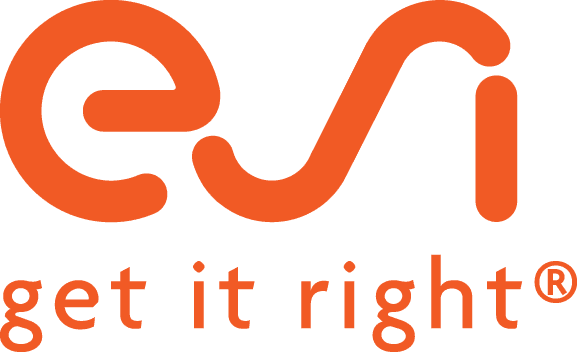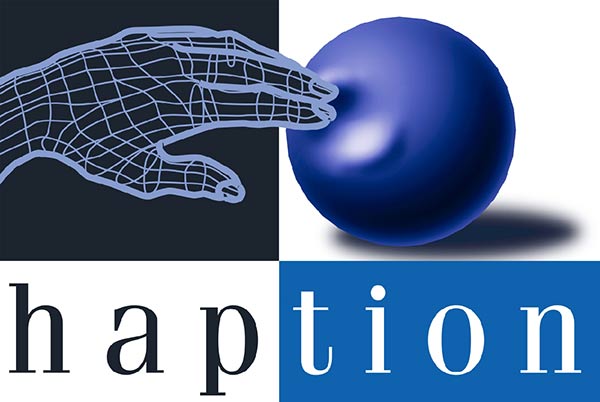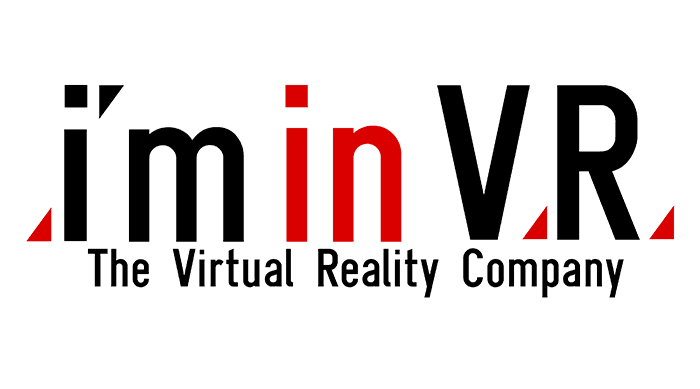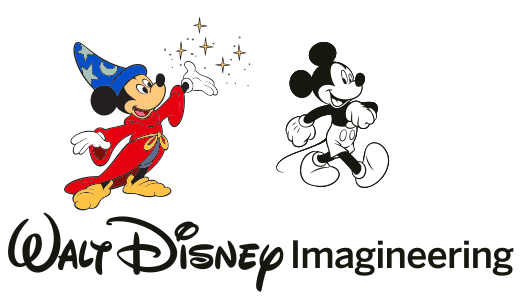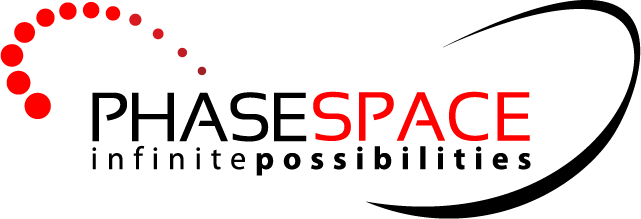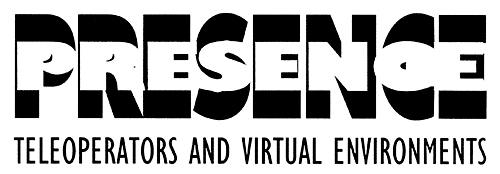Tutorials
Please fill out a short survey for each tutorial you attend. Thank you for your feedback.
- Developing Virtual Reality Applications with Unity
- Quantitative and Qualitative Methods for Human-Subject Experiments in Virtual and Augmented Reality
- Experimental Game Design with the Oculus Rift
Developing Virtual Reality Applications with Unity
Abstract: This tutorial will provide an introduction to Unity (http://www.unity3D.com) and several VR components that are designed to work with Unity. These VR components can be used in isolation or pieced together to provide fully immersive VR experiences.
Unity is a feature rich multi-platform game engine for the creation of interactive 3D content. It includes an intuitive interface while at the same time allowing low-level access for developers. Thousands of assets provided by other content creators can be reused to quickly develop immersive experiences. Because of its intuitive interface, well designed architecture, and ability to easily reuse assets, 3D software can be developed in a fraction of time compared to traditional development.
Consumer-level virtual-reality hardware combined with Unity have recently empowered hobbyists, professionals, and academics to quickly create virtual reality applications. Because of Unity’s widespread use and ease of use, several virtual reality companies now fully support Unity. During this tutorial, participants will learn how to quickly build virtual reality applications from some of the leaders of Unity virtual reality development. Attendees will gain an understanding of how to use multiple VR components with Unity and will have enough knowledge to start building VR applications using Unity by the end of the tutorial.
Quantitative and Qualitative Methods for Human-Subject Experiments in Virtual and Augmented Reality
Abstract: This tutorial is for researchers and engineers, working in the field of Virtual and Augmented Reality, who wish to conduct user-based experiments and/or evaluations for assessing usability. We propose a full-day tutorial presenting both quantitative and qualitative approaches to conducting human-subject experiments. It will cover (1) the basic principles of experimental design and analysis, with an emphasis on human-subject experiments in AR (Swan), and (2) qualitative studies (e.g., formative evaluation methods) for assessing and improving AR user interfaces and user interaction along with lessons learned from conducting many user-based studies (Gabbard).
Swan, Gabbard, and other co-presenters have taught pre-cursor versions of this tutorial 11 previous times at IEEE Virtual Reality, IEEE Visualization, and ISMAR. This tutorial was most recently given at ISMAR 2012, where we included updated examples from our research and further expanded upon qualitative approaches for assessing usability and lessons learned from conducting studies. We both have current, active AR human-subject research projects, and if this tutorial is accepted to be presented at VR 2014, we will discuss some of these projects as case studies.
Experimental Game Design with the Oculus Rift
Over the course of 16 weeks four graduate students at Carnegie Mellon University worked together to conduct 14 experiments and create 6 prototypes for the Oculus Rift Developers Kit. Their goal was to make experiences that would change how people would perceive virtual reality games. This tutorial is a look at how to approach the Oculus Rift in general, and what you should do if you want to push the boundaries of virtual reality game design.





